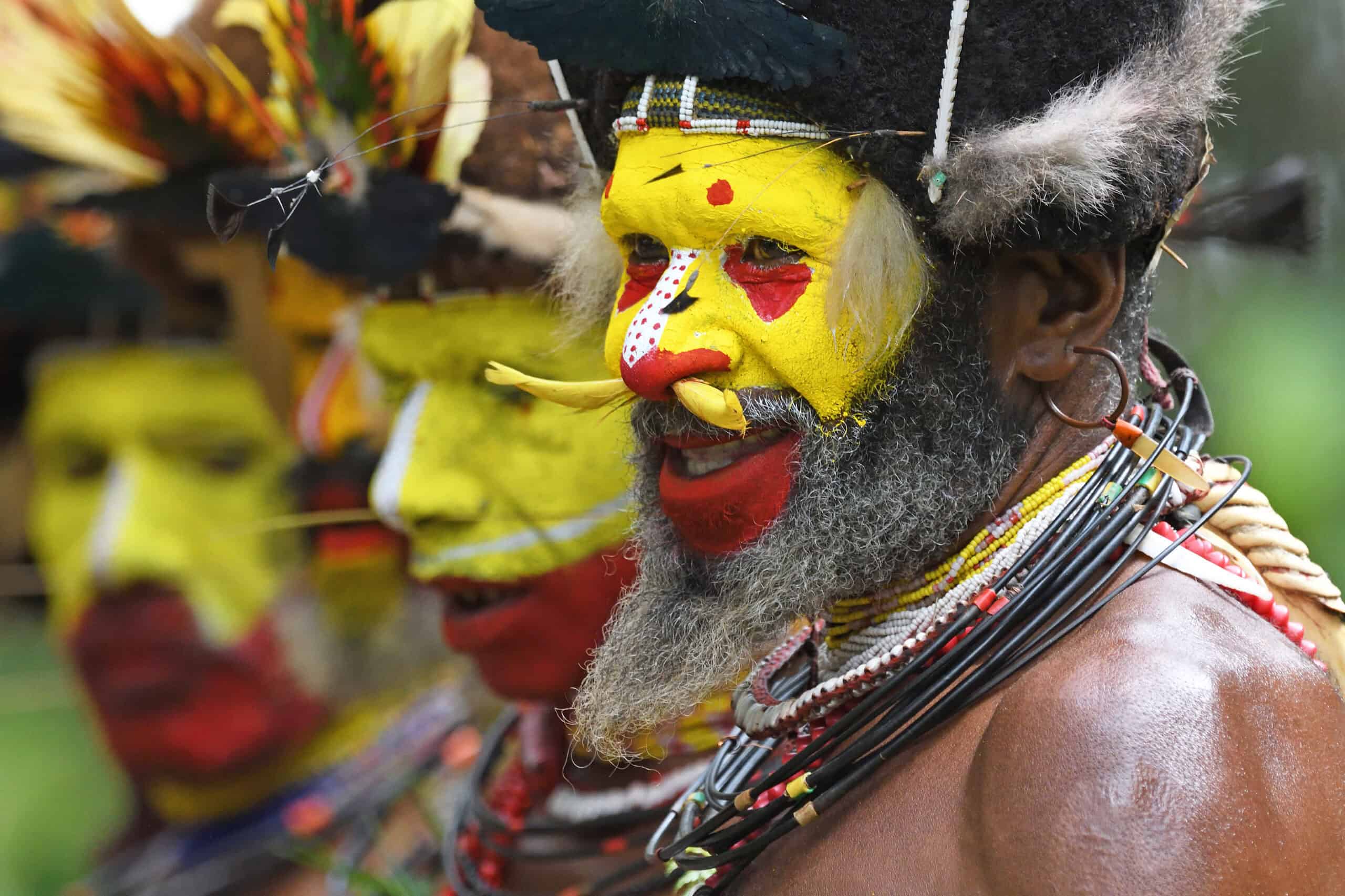Primates are among the most fascinating and diverse groups of animals, but many of their species are facing critical threats to their survival. From habitat destruction to illegal hunting, these challenges have pushed some primates to the brink of extinction. This article highlights 18 of the rarest primates in the world, detailing their unique characteristics, habitats, and current conservation statuses. By understanding the plight of these incredible creatures, we can better appreciate the urgent need for conservation efforts to protect and preserve them for future generations.
Tapanuli Orangutan (Pongo tapanuliensis)
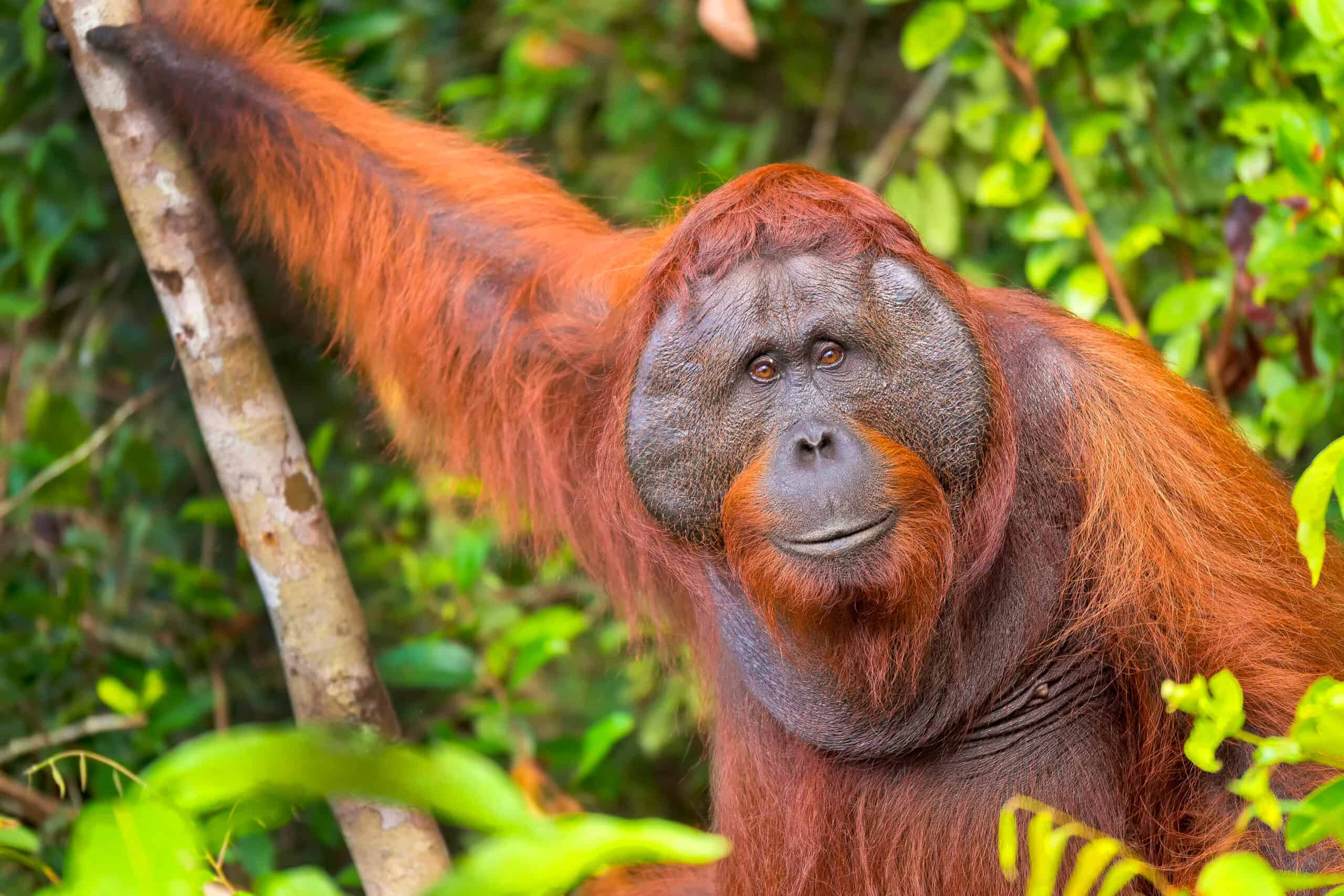
Discovered as a distinct species in 2017, the Tapanuli orangutan is one of the rarest primates on Earth. Found only in the Batang Toru ecosystem in North Sumatra, Indonesia, its population is estimated to be fewer than 800 individuals. This critically endangered species faces threats from habitat loss due to logging and agricultural expansion. Conservation efforts are crucial to protect their remaining habitat and ensure their survival.
Javan Slow Loris (Nycticebus javanicus)
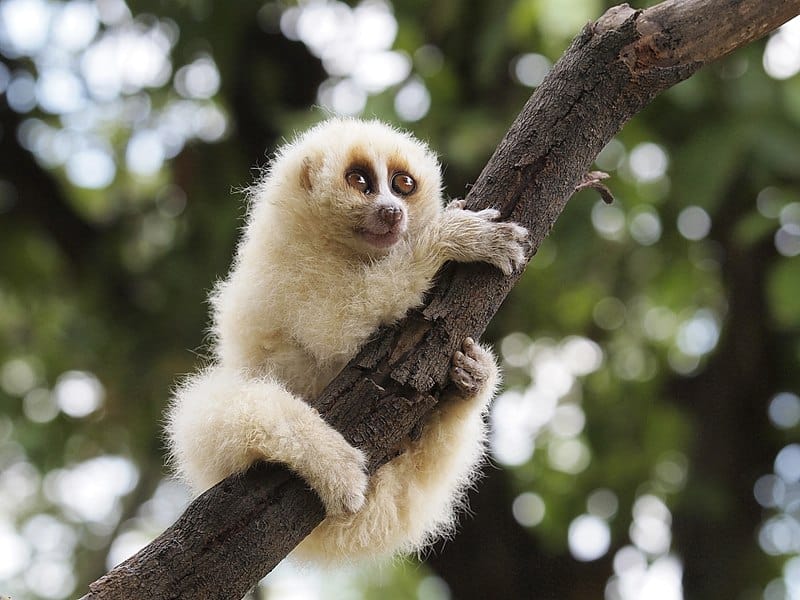
Endemic to the Indonesian island of Java, the Javan slow loris is a nocturnal primate known for its slow movements and toxic bite. Classified as Critically Endangered, this species suffers from habitat destruction and illegal wildlife trade. Conservation programs focusing on habitat protection and anti-poaching measures are vital for its preservation.
Hainan Gibbon (Nomascus hainanus)
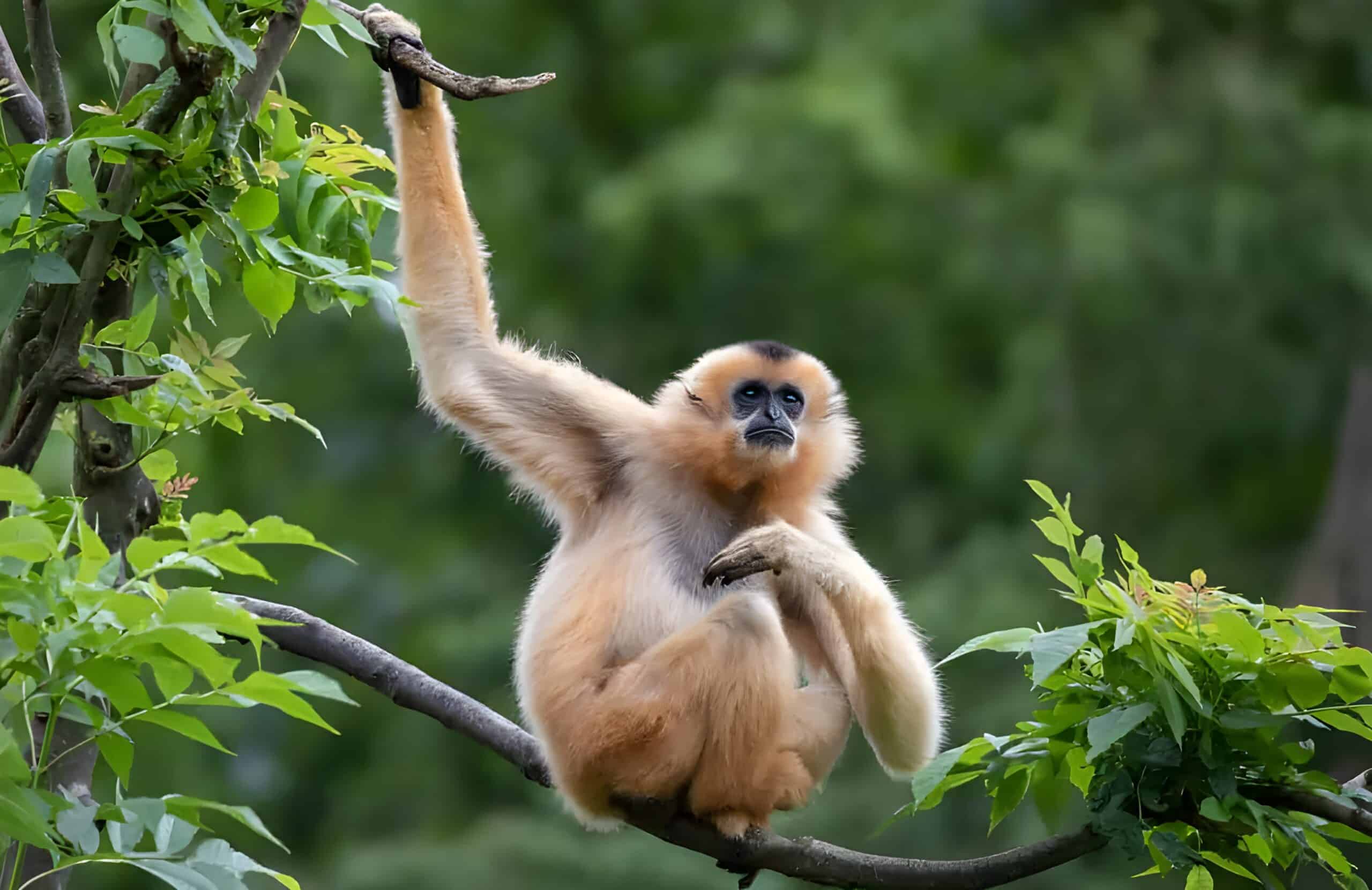
The Hainan gibbon, native to China’s Hainan Island, is the world’s rarest gibbon species with fewer than 30 individuals remaining. This critically endangered primate resides in a single forest reserve, where habitat loss and fragmentation pose significant threats. Intensive conservation efforts, including habitat restoration and strict protection, are essential to prevent their extinction.
Eastern Lowland Gorilla (Gorilla beringei graueri)
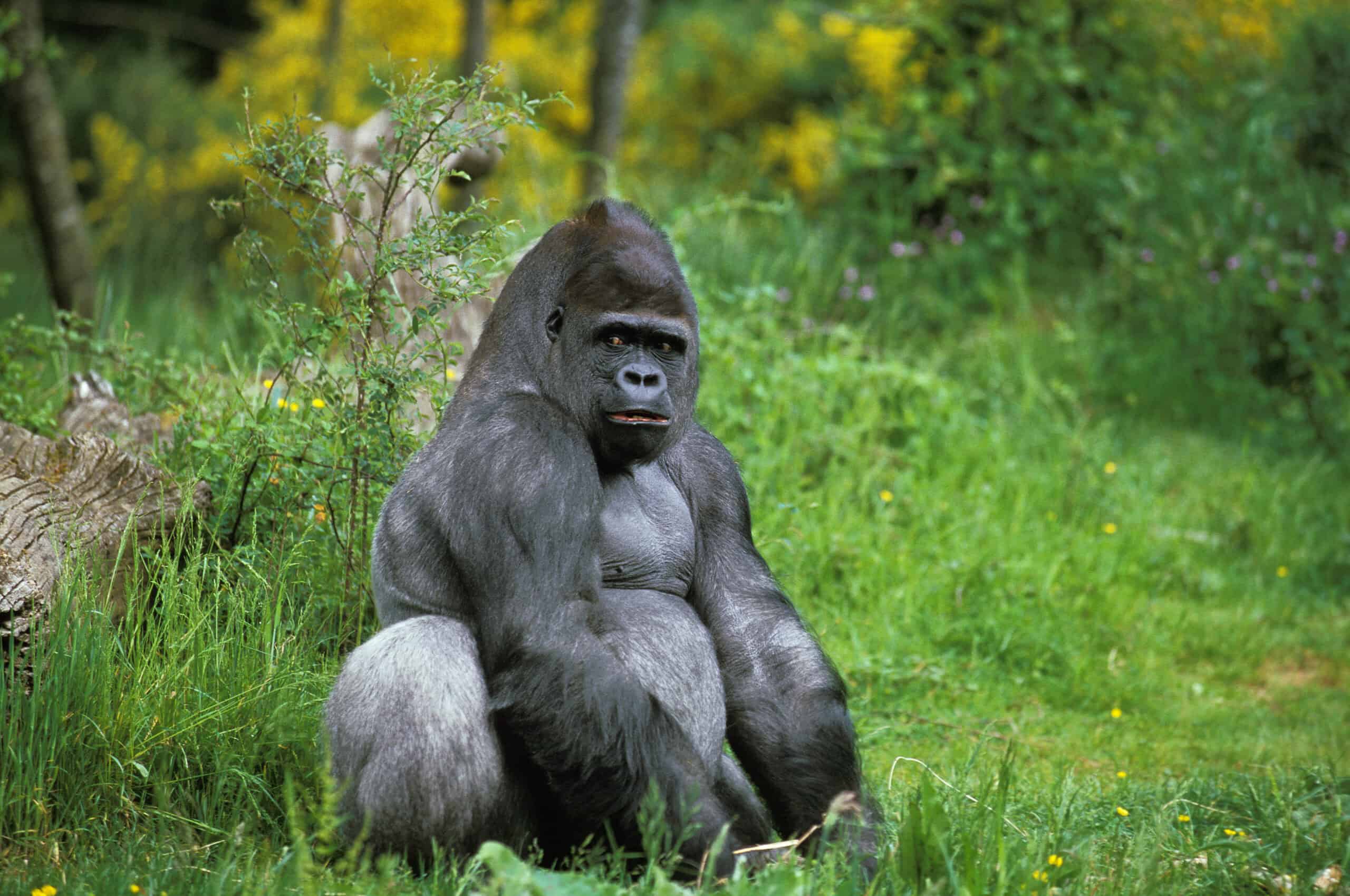
The largest of all gorilla subspecies, the Eastern lowland gorilla, or Grauer’s gorilla, inhabits the dense forests of the Democratic Republic of the Congo. Despite being the most numerous gorilla subspecies, its population has declined dramatically due to poaching, civil unrest, and habitat destruction, placing it in the critically endangered category. Effective conservation strategies are required to stabilize and increase their numbers.
Madagascar’s Greater Bamboo Lemur (Prolemur simus)

The Greater bamboo lemur, once thought extinct, is now critically endangered and found in the southeastern rainforests of Madagascar. With fewer than 1,000 individuals remaining, this lemur faces threats from habitat destruction and climate change. Conservation initiatives focusing on habitat preservation and community involvement are crucial for their survival.
Tonkin Snub-nosed Monkey (Rhinopithecus avunculus)
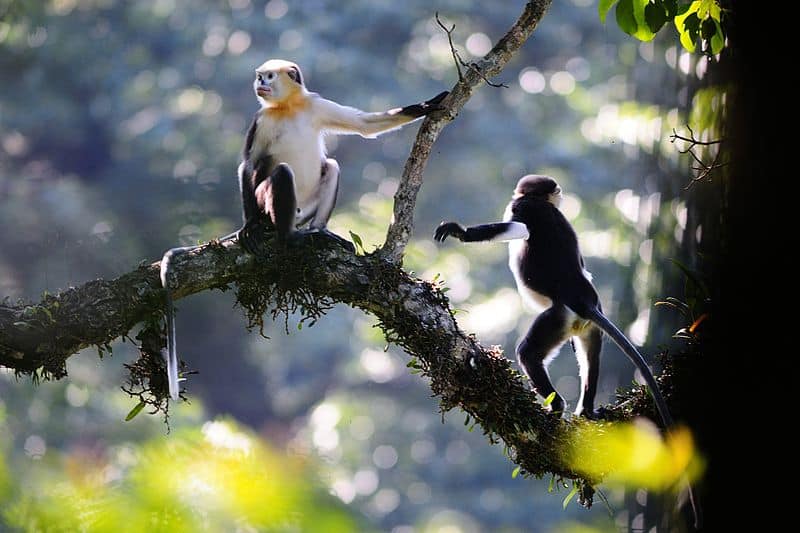
The critically endangered Tonkin snub-nosed monkey is endemic to northern Vietnam, with a population of fewer than 250 individuals. This striking primate, characterized by its upturned nose and colorful face, suffers from habitat loss and hunting. Dedicated conservation efforts, including habitat protection and anti-poaching measures, are vital for their continued existence.
Kipunji (Rungwecebus kipunji)
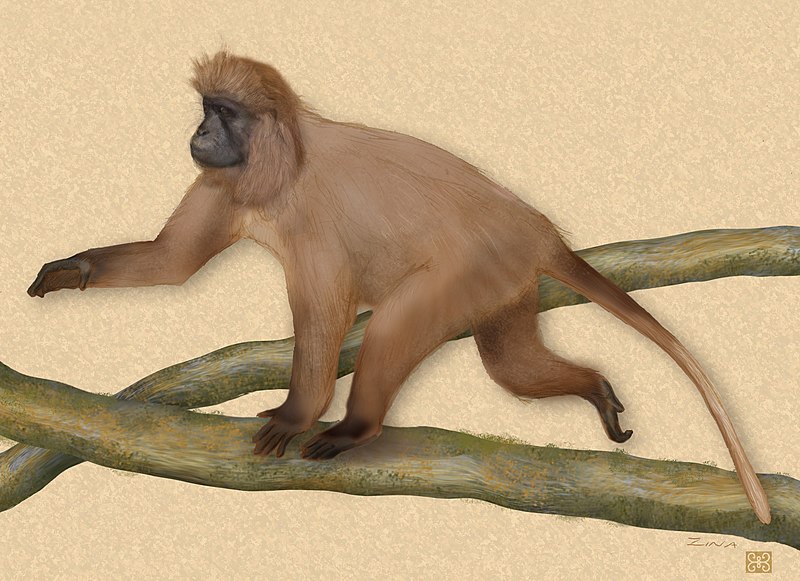
Discovered in 2003, the Kipunji is a critically endangered monkey found in the forests of Tanzania. With an estimated population of fewer than 1,000 individuals, this species is threatened by habitat loss and fragmentation. Conservation programs aimed at protecting their forest habitat and raising awareness are essential for their survival.
Northern Sportive Lemur (Lepilemur septentrionalis)
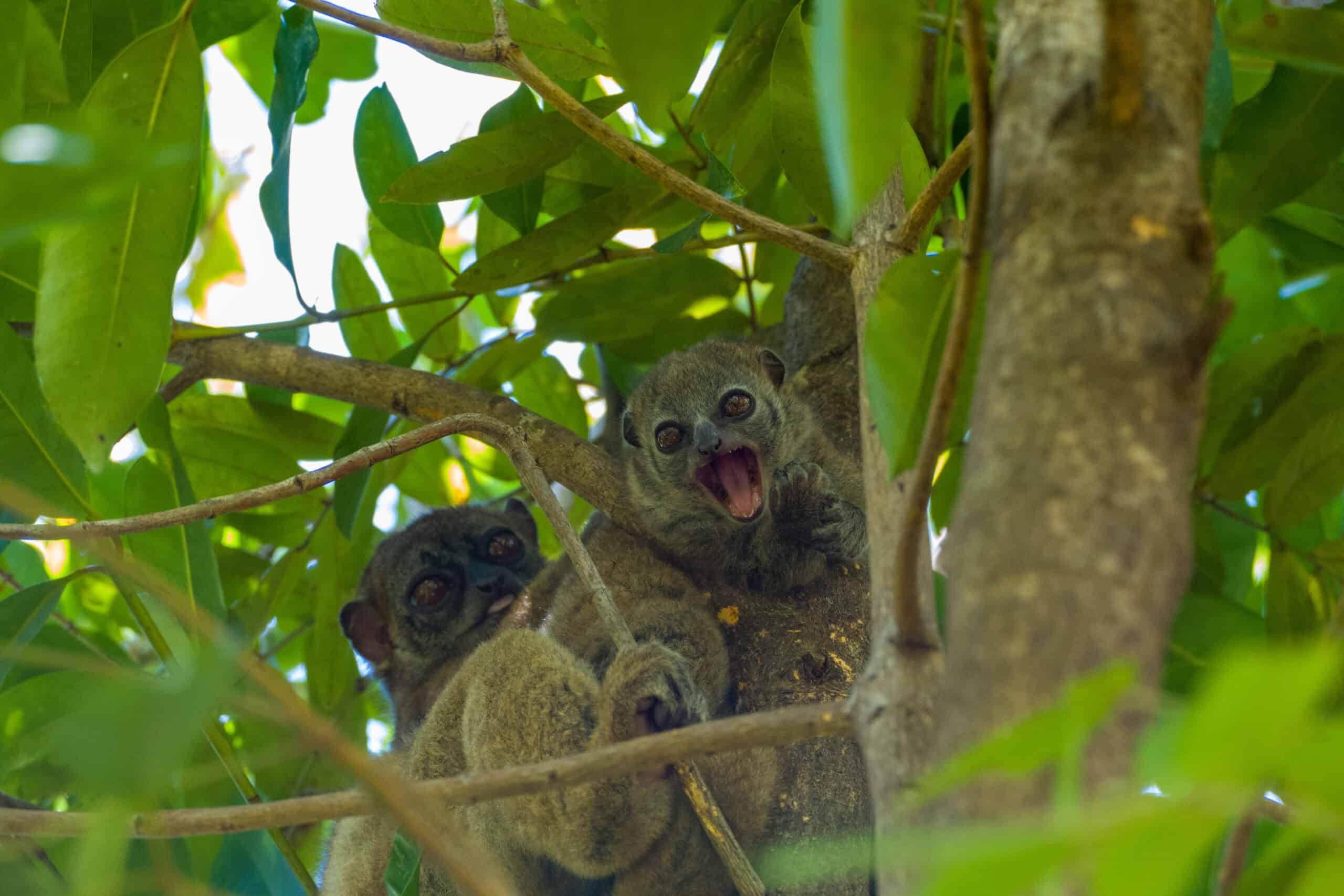
Endemic to northern Madagascar, the Northern sportive lemur is one of the world’s rarest primates, with fewer than 100 individuals remaining. This critically endangered species faces severe threats from habitat destruction and hunting. Effective conservation actions, including habitat protection and community engagement, are necessary to ensure its survival.
Roloway Monkey (Cercopithecus roloway)
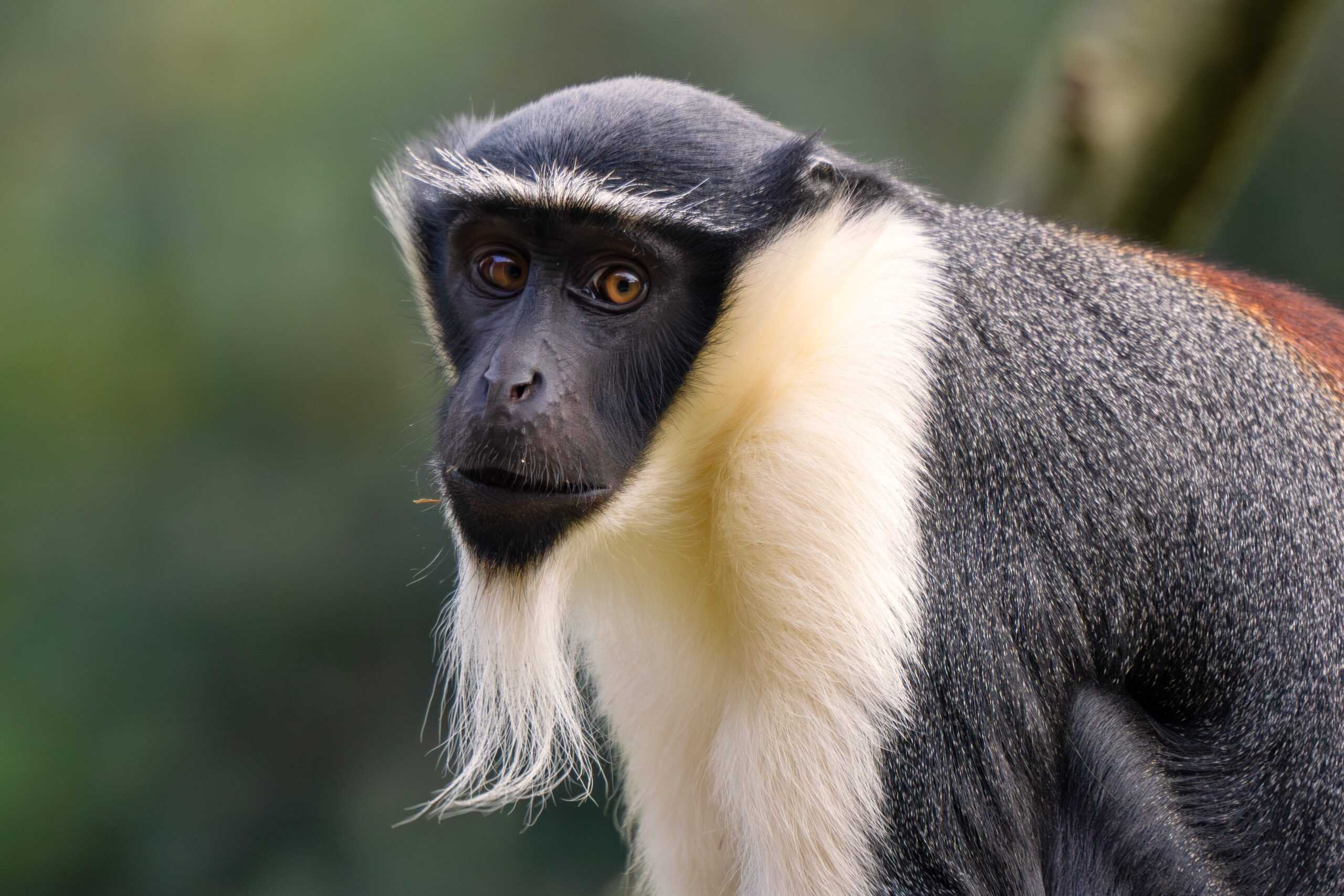
The critically endangered Roloway monkey is found in the forests of Ghana and Côte d’Ivoire. With a population decline due to habitat loss and hunting, fewer than 2,000 individuals remain. Conservation efforts focusing on habitat protection and anti-poaching initiatives are crucial for this primate’s survival.
Delacour’s Langur (Trachypithecus delacouri)
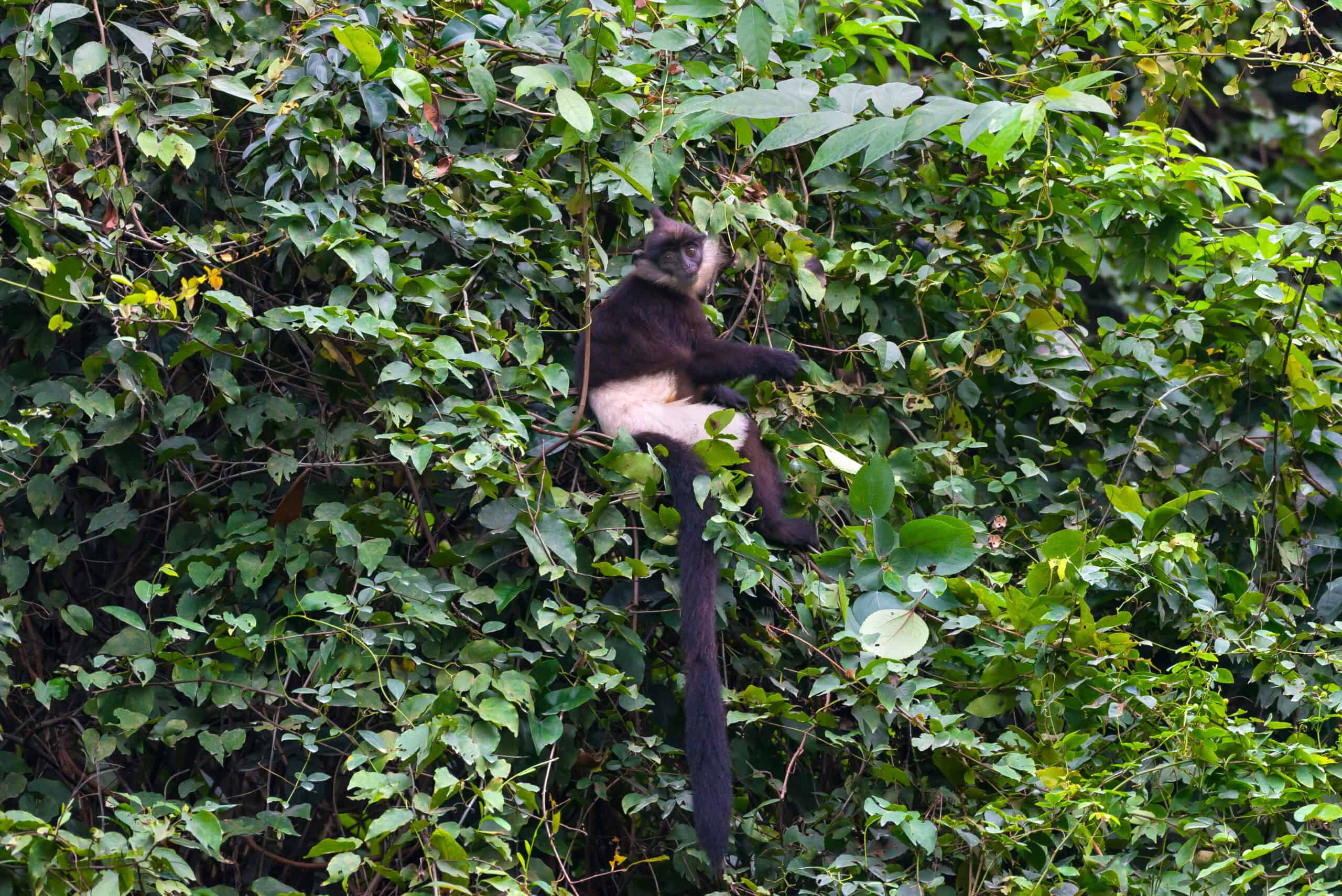
Native to northern Vietnam, Delacour’s langur is a critically endangered primate with a population of fewer than 250 individuals. Habitat loss and hunting for traditional medicine pose significant threats to this species. Conservation strategies, including habitat restoration and legal protection, are vital for their continued existence.
Western Purple-faced Langur (Semnopithecus vetulus nestor)
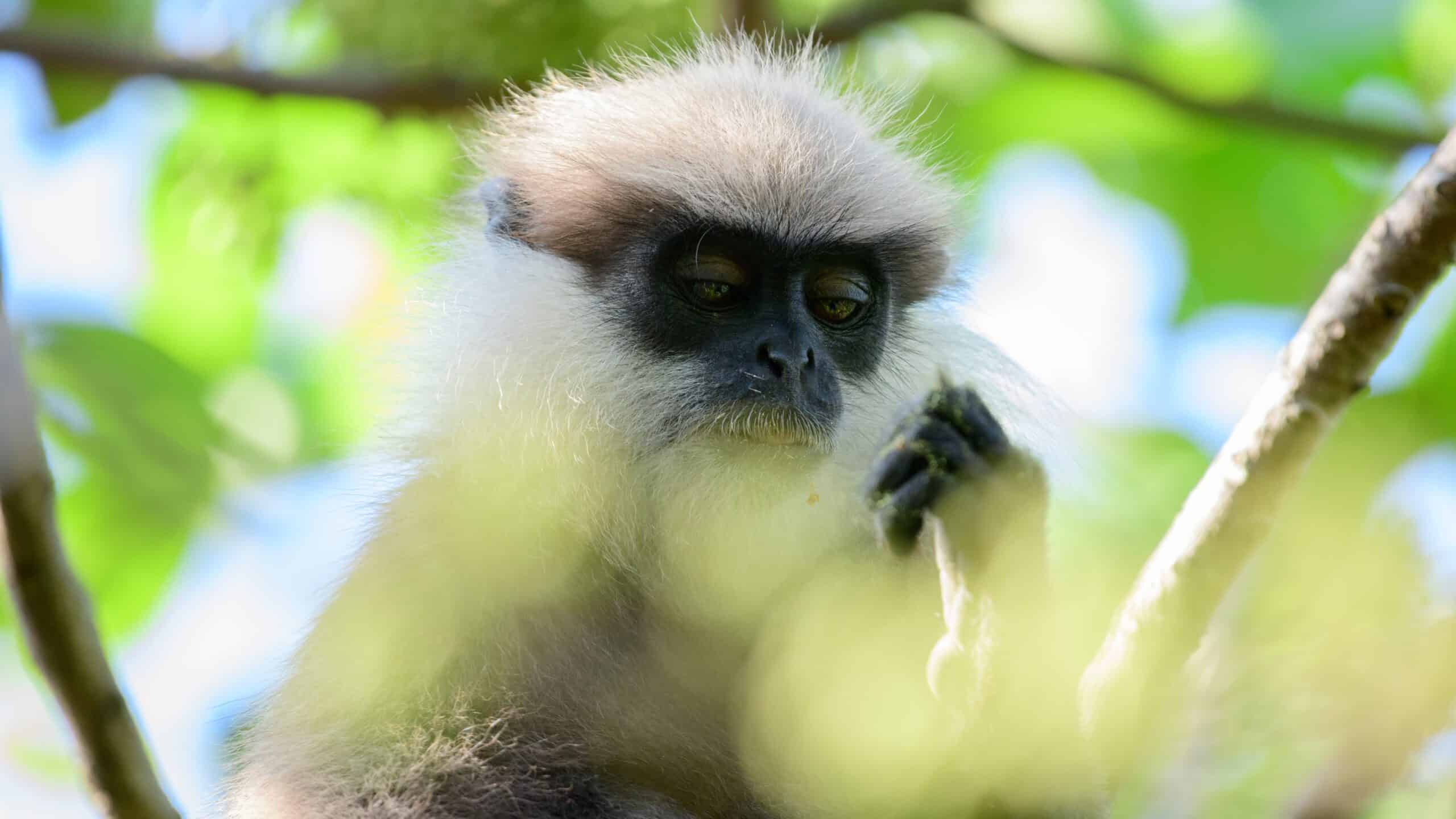
The Western purple-faced langur, endemic to Sri Lanka, is critically endangered due to habitat loss and fragmentation. Fewer than 2,500 individuals remain in the wild. Conservation efforts focusing on habitat preservation and creating wildlife corridors are essential to protect this species.
Golden-crowned Sifaka (Propithecus tattersalli)
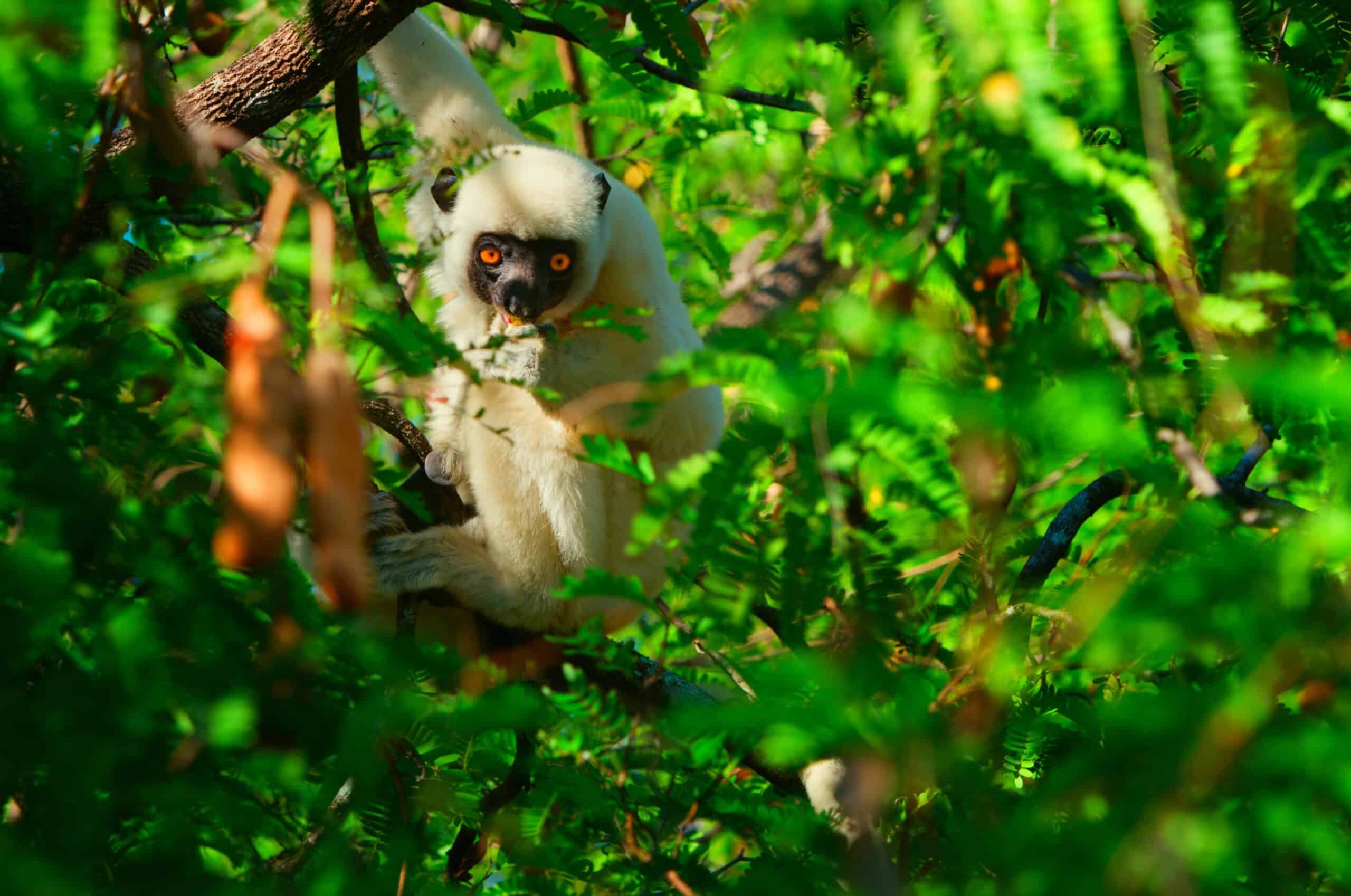
The Golden-crowned sifaka, found only in northeastern Madagascar, is critically endangered with an estimated population of fewer than 2,500 individuals. Habitat destruction and hunting are significant threats. Conservation initiatives aimed at protecting their habitat and reducing hunting pressures are crucial for their survival.
Pygmy Tarsier (Tarsius pumilus)
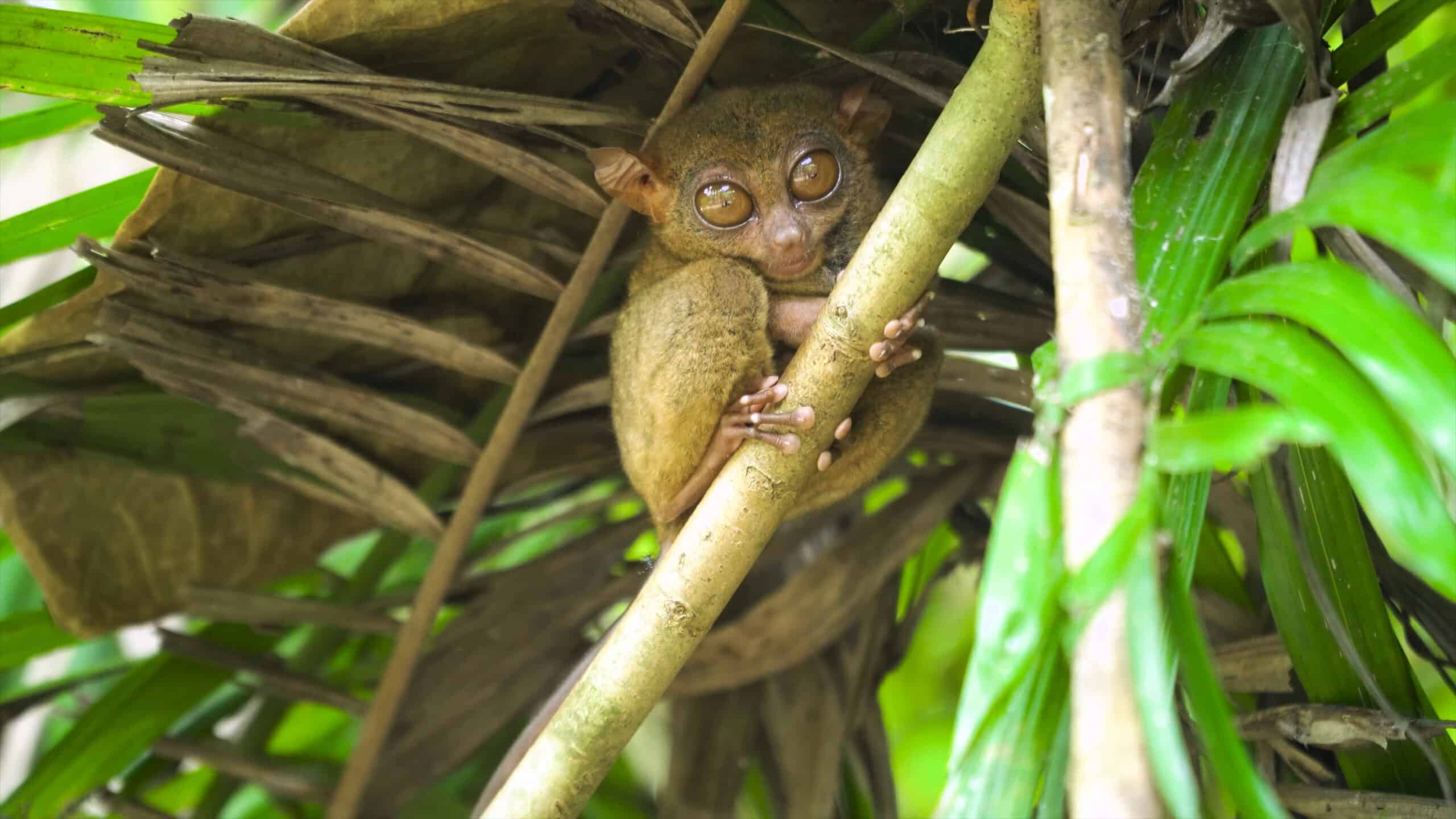
Once thought extinct, the Pygmy tarsier was rediscovered in Indonesia’s central Sulawesi in 2008. This tiny primate, critically endangered due to habitat loss and fragmentation, has a population of fewer than 50 individuals. Conservation actions, including habitat protection and research, are vital for their continued existence.
Golden-headed Langur (Trachypithecus poliocephalus)
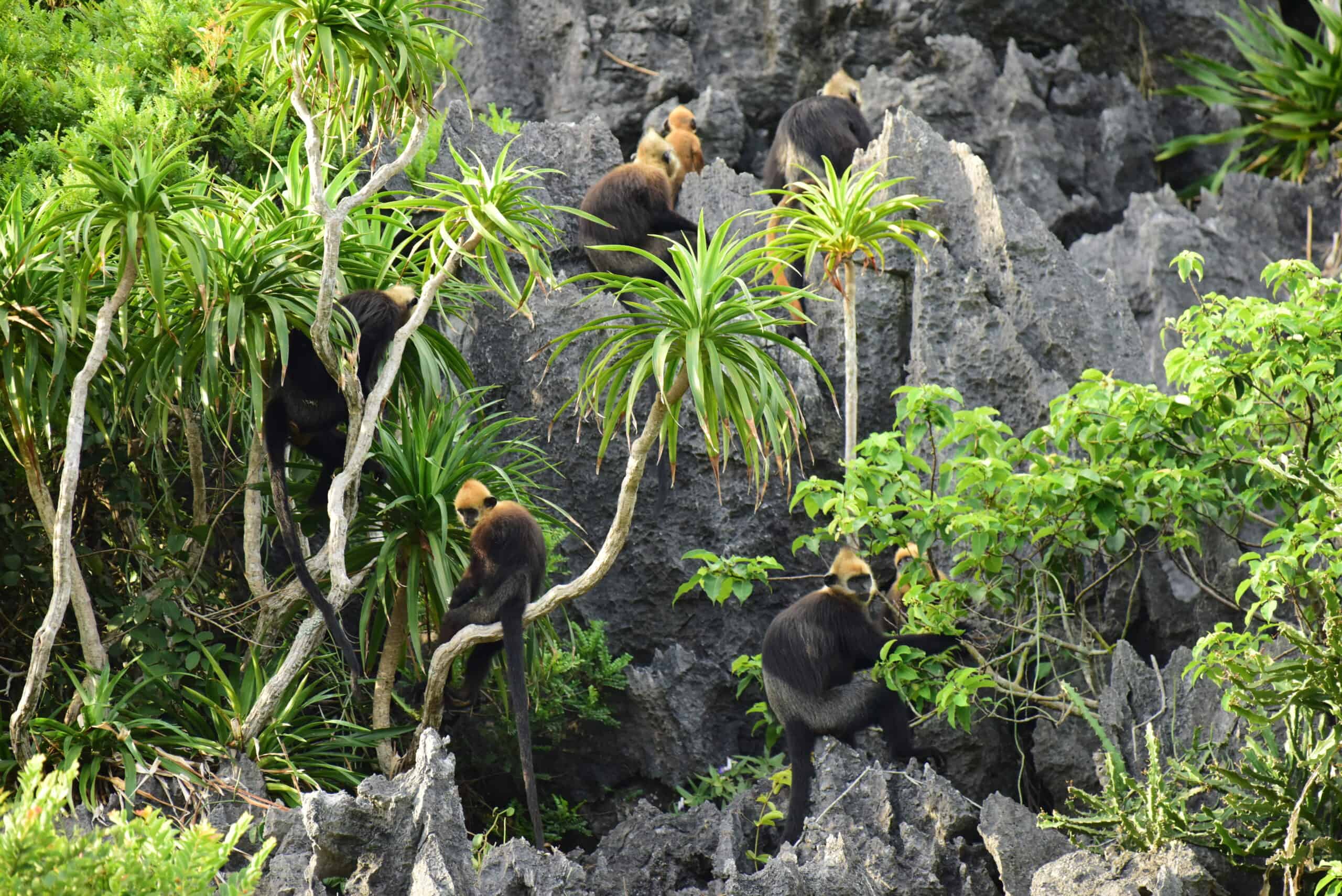
The Golden-headed langur, also known as Cat Ba langur, is one of the world’s most endangered primates, found only on Cat Ba Island in Vietnam. With fewer than 70 individuals remaining, this critically endangered species faces threats from habitat destruction and hunting. Conservation efforts focusing on habitat protection and strict enforcement of wildlife laws are crucial for their survival.
Siau Island Tarsier (Tarsius tumpara)
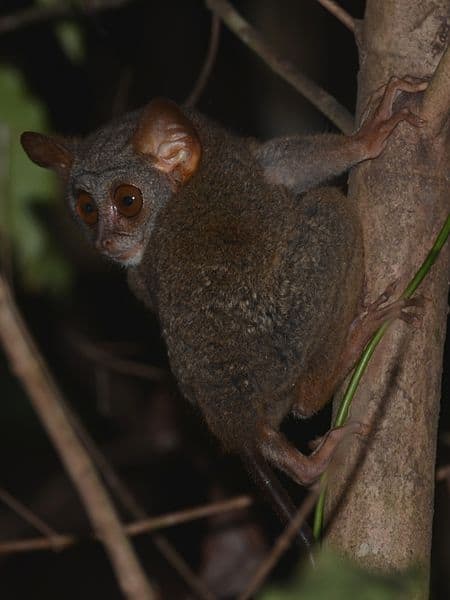
The Siau Island tarsier, critically endangered and found only on Indonesia’s Siau Island, has an estimated population of fewer than 1,000 individuals. This nocturnal primate faces threats from habitat loss and hunting. Conservation programs aimed at habitat protection and community awareness are essential for their survival.
Brown-headed Spider Monkey (Ateles fusciceps)
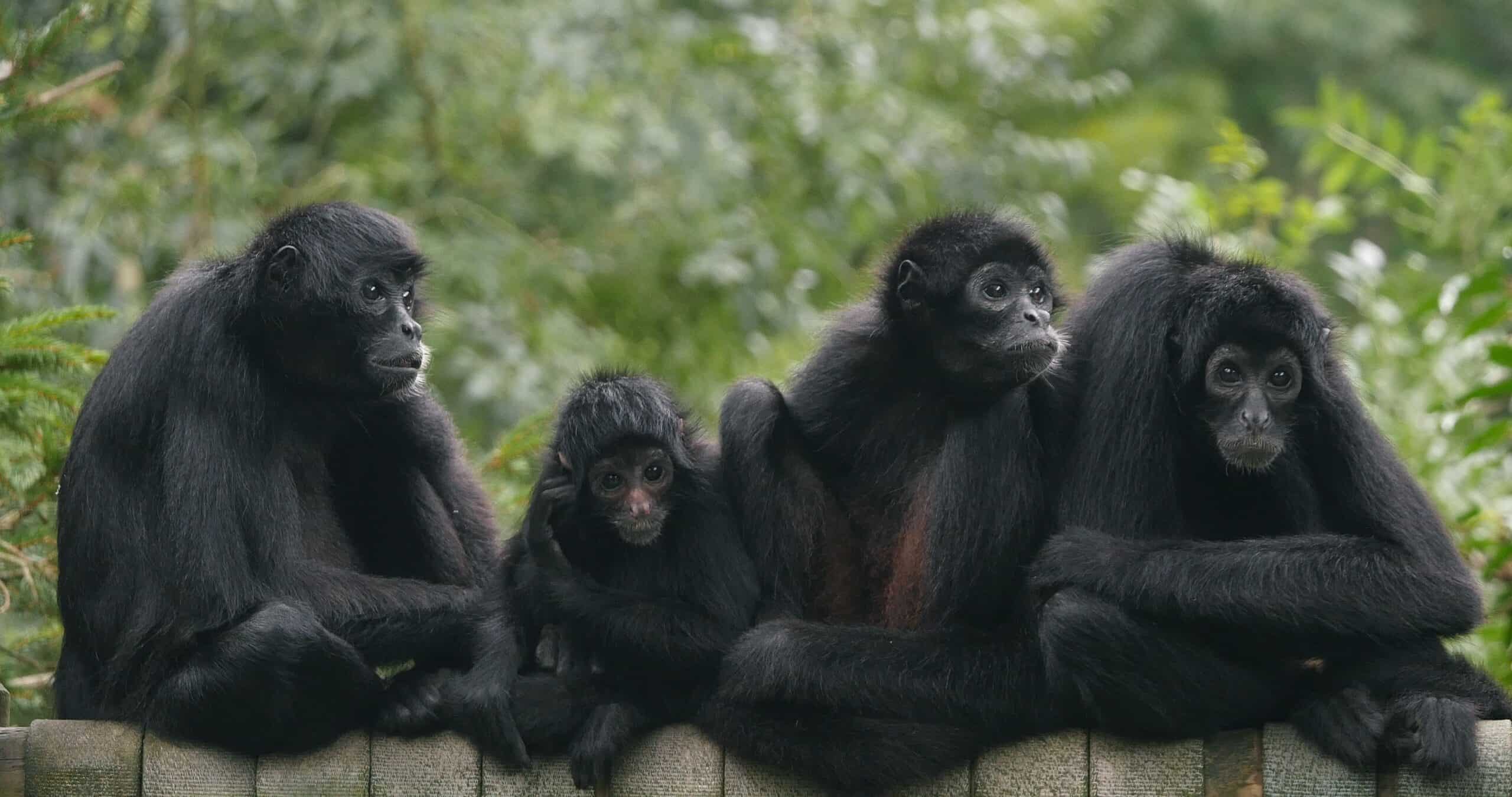
The critically endangered Brown-headed spider monkey is found in the forests of Ecuador and Colombia. Habitat loss and hunting have severely reduced their population to fewer than 1,000 individuals. Conservation initiatives focusing on habitat restoration and anti-poaching efforts are vital for their continued existence.
Yellow-tailed Woolly Monkey (Lagothrix flavicauda)
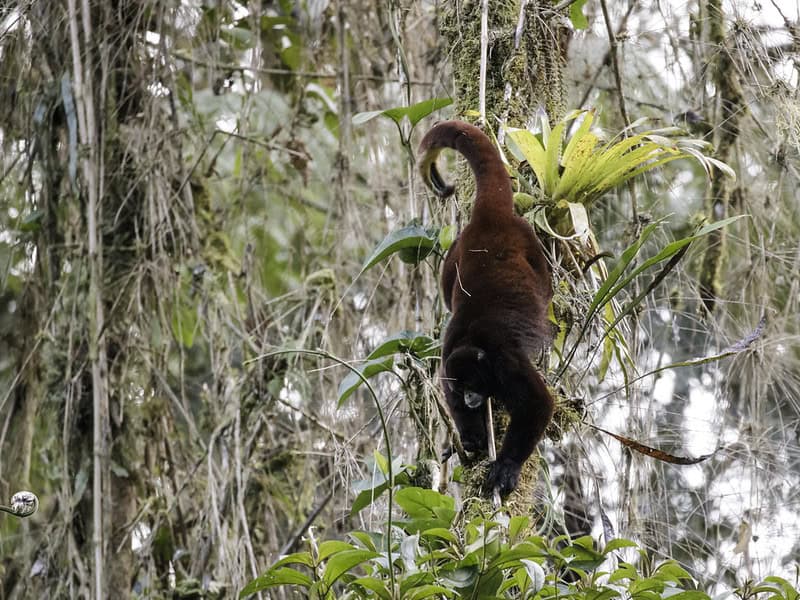
Endemic to the cloud forests of Peru, the Yellow-tailed woolly monkey is critically endangered due to habitat loss and hunting. With an estimated population of fewer than 250 individuals, this primate requires urgent conservation measures, including habitat protection and anti-poaching efforts, to ensure its survival.
Southern Woolly Lemur (Avahi meridionalis)
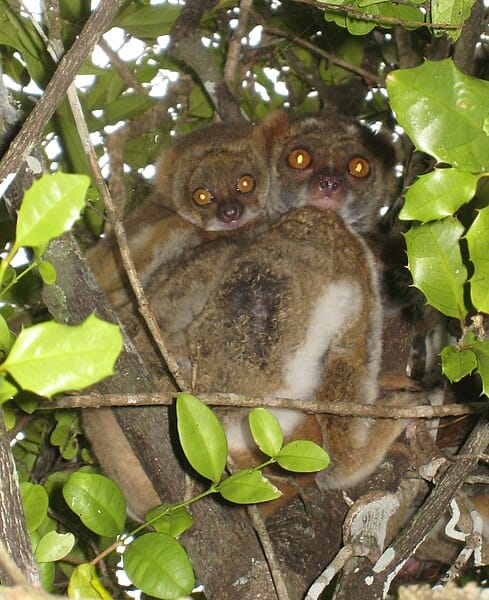
The Southern woolly lemur, native to Madagascar, is critically endangered with a declining population due to habitat loss and hunting. Conservation efforts focusing on habitat preservation and community engagement are essential to protect this species. Fewer than 1,000 individuals remain in the wild, making urgent conservation actions necessary.
This article originally appeared on Rarest.org.
More From Rarest.Org
Imagine owning your own slice of paradise, where turquoise waters lap against pristine beaches, and lush greenery provides a serene backdrop. Private islands offer unparalleled luxury and exclusivity, making them the ultimate dream for those seeking a unique and lavish retreat. Read more.
In a world dominated by major languages like English, Spanish, and Mandarin, countless other languages teeter on the brink of extinction. These rare languages, each with a unique history and cultural significance, offer invaluable insights into human diversity. Read more.



